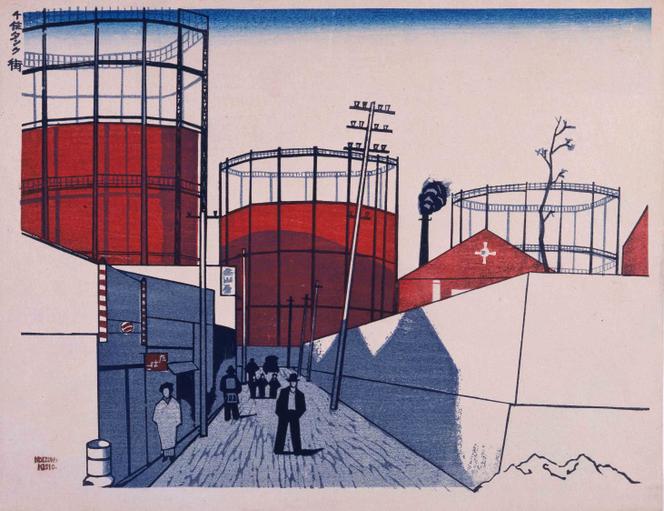


On September 1, 1923, during the Taisho era (1912-1926), an earthquake shook the Kanto region surrounding Tokyo, killing over 100,000 people. Almost half the city's homes, businesses, factories, and infrastructure were destroyed. The city that would emerge after the rebuilding would look completely different, with the accelerated modernization that had already begun in 1868 with the start of the Meiji era revolutionizing the urban landscape. In the space of 15 years, the population grew from 2 million to 5 million, and the city expanded as road and rail transportation developed.
This transformation, linked to the country's reopening to international trade after centuries of withdrawal, is recounted at the Maison de la culture du Japon à Paris, through a remarkable selection of prints from the early 20th century signed by artists, observers of these mutations, who documented it. Until now, these works have not been widely distributed outside Japan, where the most familiar are prints from the Edo period (1603-1868), ukiyo-e ("images of the floating world") by Hokusai, Utamaro, and Hiroshige.
You have 78.55% of this article left to read. The rest is for subscribers only.
